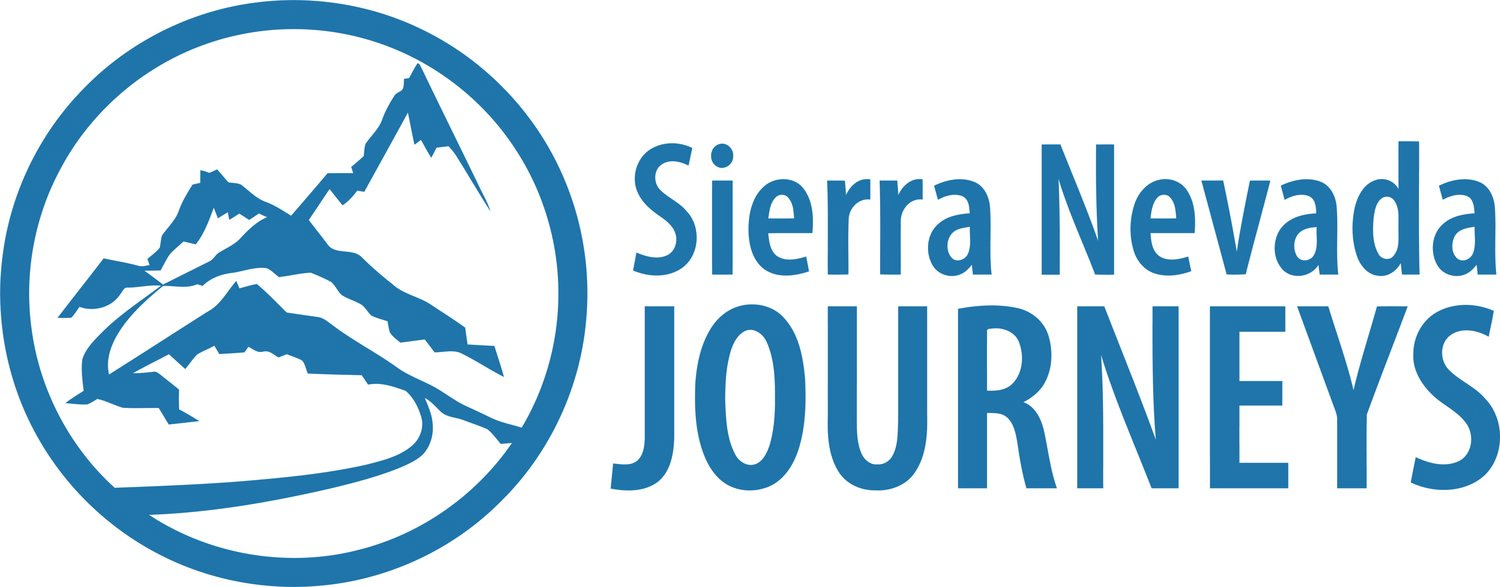Discipline: Team Building and Community Agreements
Age Range: 10+
Estimated Time: 20-60 minutes
What you need: Any crafting supplies you want to use. You can be really creative and use whatever feels the most inclusive for the group with whom you are working. Are you low on art supplies? See the community agreement project posts for ideas on how to create a community agreement using your computer or everyday household items.
Introduction: Community agreements are created as a way to establish a mutual understanding or make a set of expectations for all members of a community to abide by. They can be based on many things, such as how to support each community member and how to make everyone feel included. Some communities may struggle to get along with each other when there are shifts in normal dynamics. For example, those sharing living spaces may currently be experiencing increased tension or conflicts due to spending much more time together in a confined space. A community agreement can be beneficial to help dissolve these problems, as it allows everyone to freely express their wants, needs, and expectations in a group setting.
Instructions:
There is no one right way to design these agreements. Please see our example blog posts for further details on creative ways to engage all community members in the making of your agreement. What are the steps to create your own community agreement? Follow these steps:
1. Determine who is in your community. A community is defined as a group of people who share something in common. Some examples may include:
- Your family
- The people who with you
- A sports team you are on or club you are in
- A classroom with students and teachers
- A workspace including bosses and coworkers
A community can be small or large; it depends on how you define it!
2. Allow everyone in your community to have space to contribute what they want in the agreement and be heard. One method could be to share values or expectations in a circular format, allowing each person involved to bring up one thing they want to be included in the agreement at a time.
3. Time to get creative! Depending on what you have in your space, you can get crafty with paper, paint, rocks, string, beads, etc. If craft supplies are limited, try keeping it simple and reuse household items for your visual representation. Try repurposing toilet paper rolls, tissue boxes, glass or plastic containers, etc. We will provide some examples in the following blog posts if you are feeling stuck!
4. Display your agreement somewhere where it is easily seen so that each community member can be reminded of what they agreed to regularly. You can refer back to it when you feel like your community may not be fulfilling the agreement, or when you think you are following it very well! Positive reinforcement is a great way to highlight your agreement, so remember to give appreciation to those in your community who are actively working to follow it.

